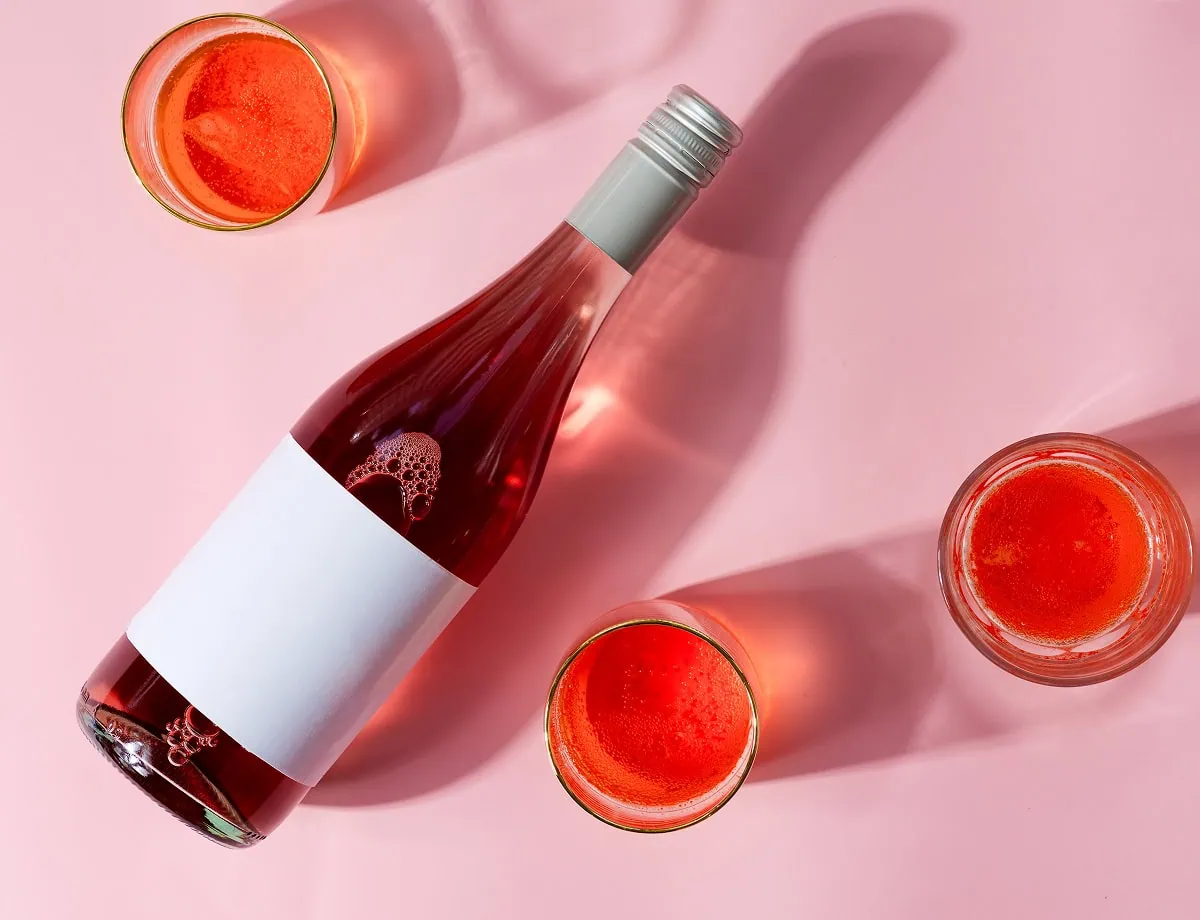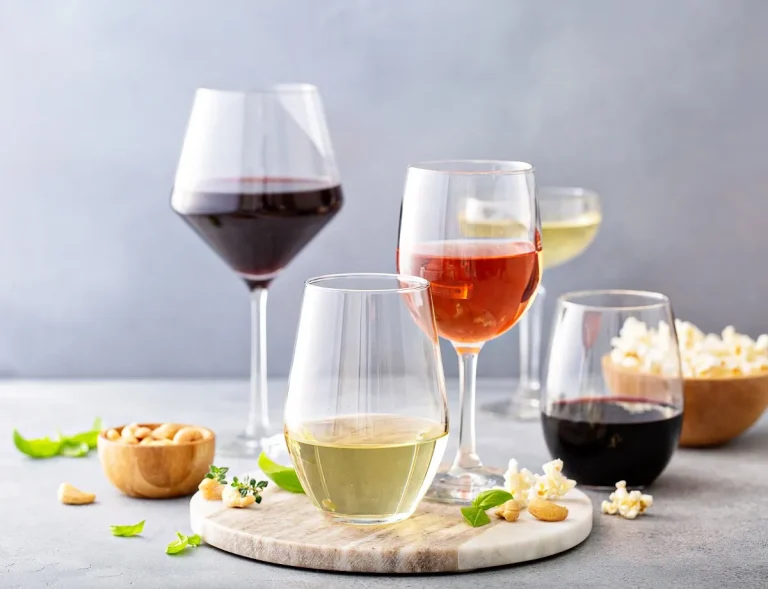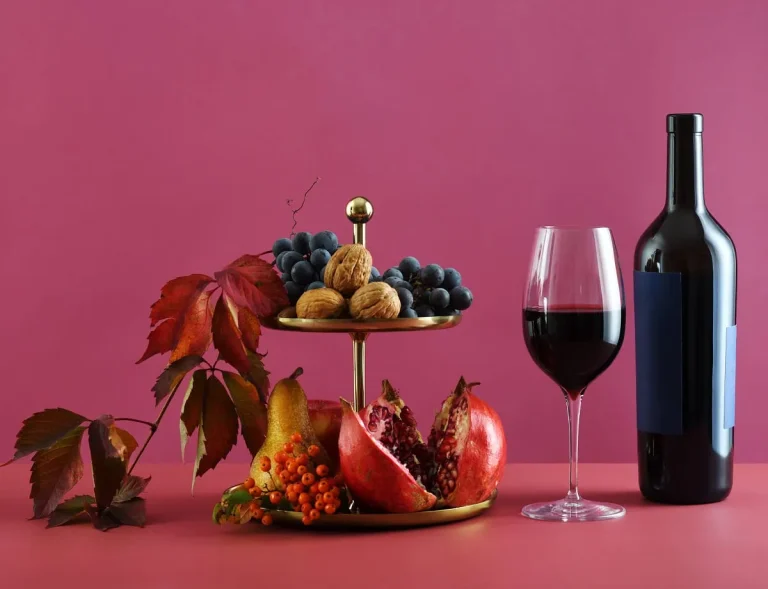Rosé is not always dry — it can range from bone dry to off-dry or even quite sweet, depending on how much residual sugar it contains. Dry rosé tends to be crisp and refreshing with minimal sugar, while sweeter styles offer a fruitier, more rounded flavour.
Let’s be honest — rosé is often misunderstood. It’s pink, it’s pretty, it’s Instagrammable… so it must be sweet, right?
Wrong — or at least, not always. Rosé wine is one of the most versatile styles on the planet. Some bottles are fruity and off-dry, but most high-quality rosés, especially from regions like Provence or Rioja, are actually bone dry. Crisp, elegant, food-friendly — and absolutely worth taking seriously.
This guide will explore is rosé a dry wine or not, why it’s often dry, and cover the best dry rosé wines and food pairings.
How Rosé Is Made (And Why It’s Often Dry)
Rosé is made from red grapes, not a mix of red and white (that’s mostly illegal in Europe). The secret is in the skin contact.
After crushing, the grape juice spends just a few hours with the skins — enough to blush, not bleed. Then it’s pressed and fermented like a white wine.
Why It’s Dry
Most rosés are fermented until almost all grape sugar is gone — leaving little residual sugar behind. That’s what makes them dry. But remember: not all rosé is dry. If it’s from California and labelled “blush” or “white Zinfandel,” there’s a good chance it leans sweet.
Curious how rosé fits into the broader world of dry wines? Start with our guide to dry wine types for a full breakdown of reds, whites, and everything in between.

Is Rosé a Dry Wine: Wines Worth Knowing
Provence Rosé (France)
The poster child for dry rosé. Pale salmon hue, crisp acidity, notes of citrus, melon, herbs, and sea breeze.
Perfect for: seafood, aperitifs, lounging near a pool (real or imagined).
Sangiovese Rosé (Italy)
Zippy and vibrant, with flavours of cherry, strawberry, and watermelon. Dry, but fruity.
Cabernet Sauvignon Rosé
Fuller-bodied than most rosés, this style brings bold fruit and structure. Expect flavours of redcurrant, cranberry, and green herbs, with a dry, grippy edge. Great for red wine fans who want something chilled but characterful.
Best with: grilled lamb skewers, Mediterranean platters, or hard cheeses.
Grenache Rosé
Juicy, light, and dry. Think raspberries, blood orange, and a whisper of white pepper.
Pinot Noir Rosé
Elegant, subtle, and mineral. Expect strawberry, rose petal, and mouthwatering acidity.
Spanish Rosado
Made from Tempranillo or Garnacha, these are deeper in colour and flavour. Bone-dry with savoury edges — ideal for grilled food.
Food Pairings with Dry Rosés (Top Picks)
Rosé is a food chameleon — it goes with almost everything, but especially well with:
- Seafood & Sushi – The acidity in rosé cuts through oil and salt beautifully.
- Charcuterie & Cheese – Brie, prosciutto, olives — rosé handles it all.
- Barbecue – Think grilled chicken, lamb chops, or smoky veggies.
- Spicy Dishes – Tacos, Thai, or anything with chilli. Rosé is your palate’s fire extinguisher.
Still have questions about dryness, sweetness levels, or what it all actually means? Our dry wine FAQ guide breaks it all down clearly.
Dry Rosé Regions to Look For
Want to skip the guesswork? Look for rosé from these regions:
- Provence, France – Lightest, driest, most iconic.
- Tavel, France – Fuller-bodied, darker rosés with serious depth.
- Rioja, Spain – Dry rosado with savoury notes.
- California, USA – Dry rosé is rising fast, especially from Sonoma & Central Coast.
- Marlborough, NZ – Zesty and herbaceous, often made from Pinot Noir.
Final Sip: Is Rosé a Dry Wine?
Yes — it often is. In fact, the world’s best rosés are almost always dry, delivering elegance, acidity, and refreshment without the sugar.
So next time someone dismisses rosé as “just a sweet wine”, pour them a glass of Provence and let the wine do the talking.
Whether you’re pairing it with grilled prawns or enjoying it on a rooftop at golden hour, dry rosé deserves a permanent spot in your rotation.




